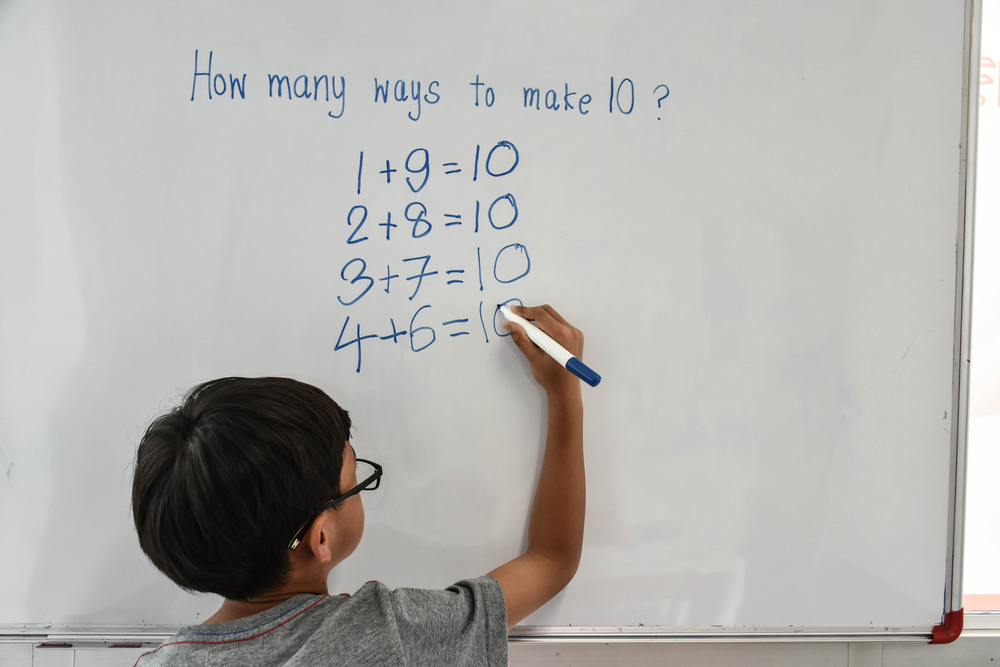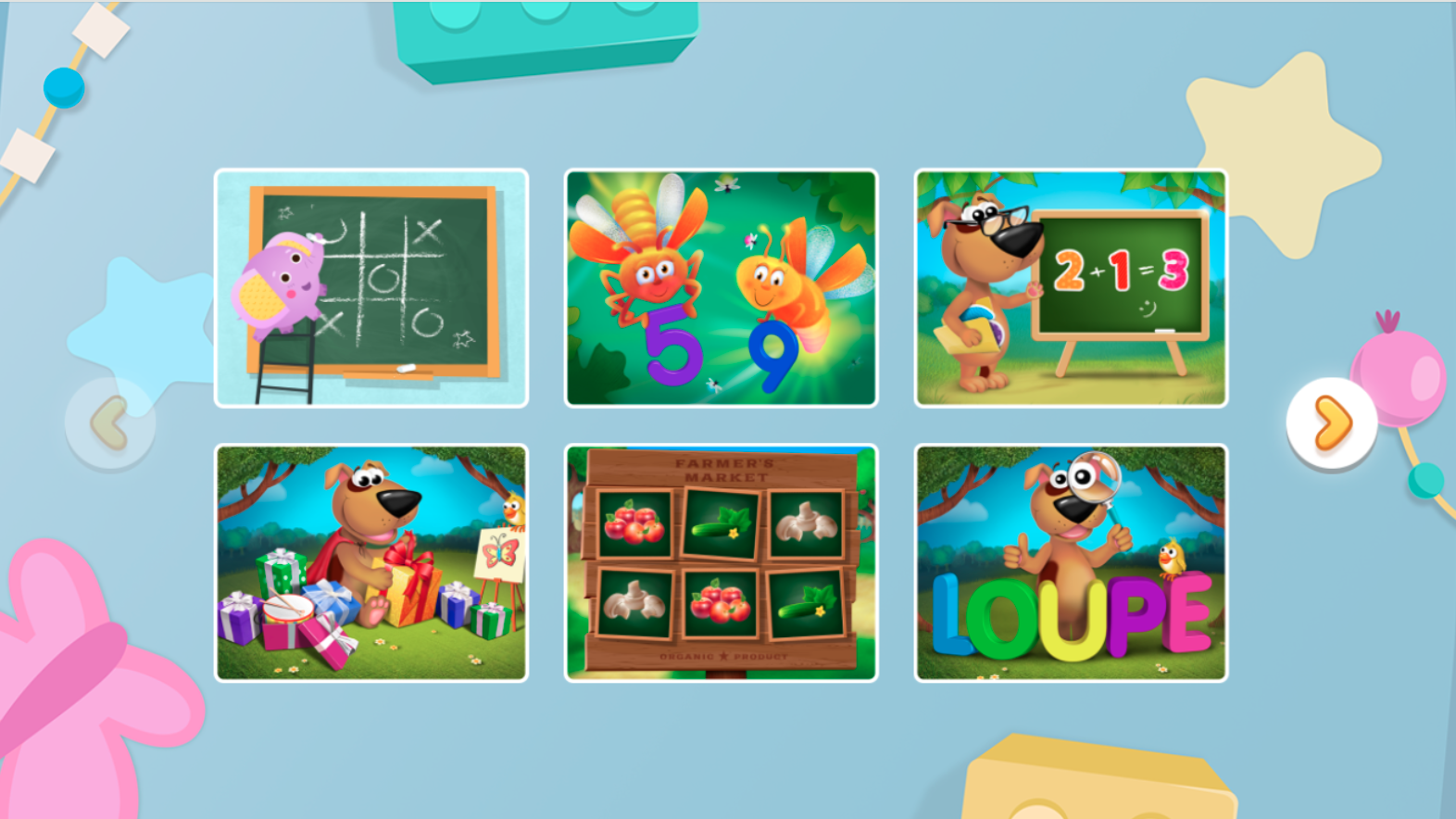Subtraction practice Normal Addition & Subtraction Worksheets for Ages 5-8
19 filtered results
-
From - To
Discover engaging subtraction practice worksheets designed specifically for children aged 5-8! Our Normal Addition and Subtraction worksheets provide young learners with essential exercises to master subtraction skills. Each worksheet is crafted with age-appropriate problems, allowing kids to enhance their numerical understanding in a fun and interactive way. With colorful visuals and clear instructions, these printable resources make learning subtraction enjoyable. Ideal for both classroom and home settings, the worksheets foster independent learning and boost confidence in math. Explore a variety of problems that cater to different levels, ensuring every child flourishes as they practice subtraction and solidify their foundational math skills!
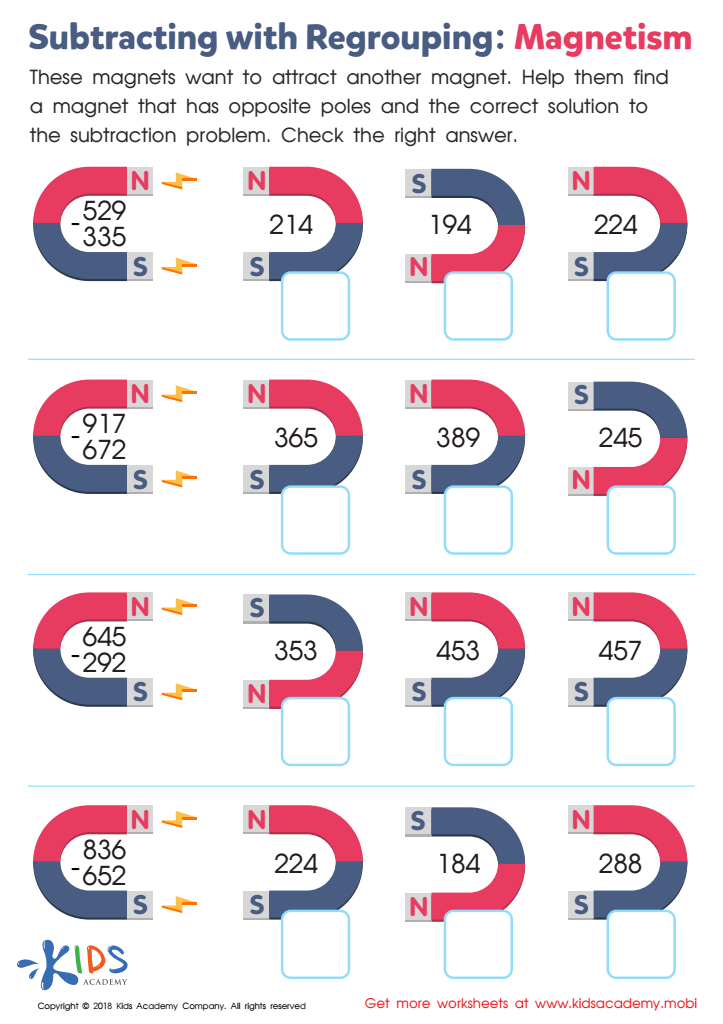

Subtracting with Regrouping: Magnetism Worksheet
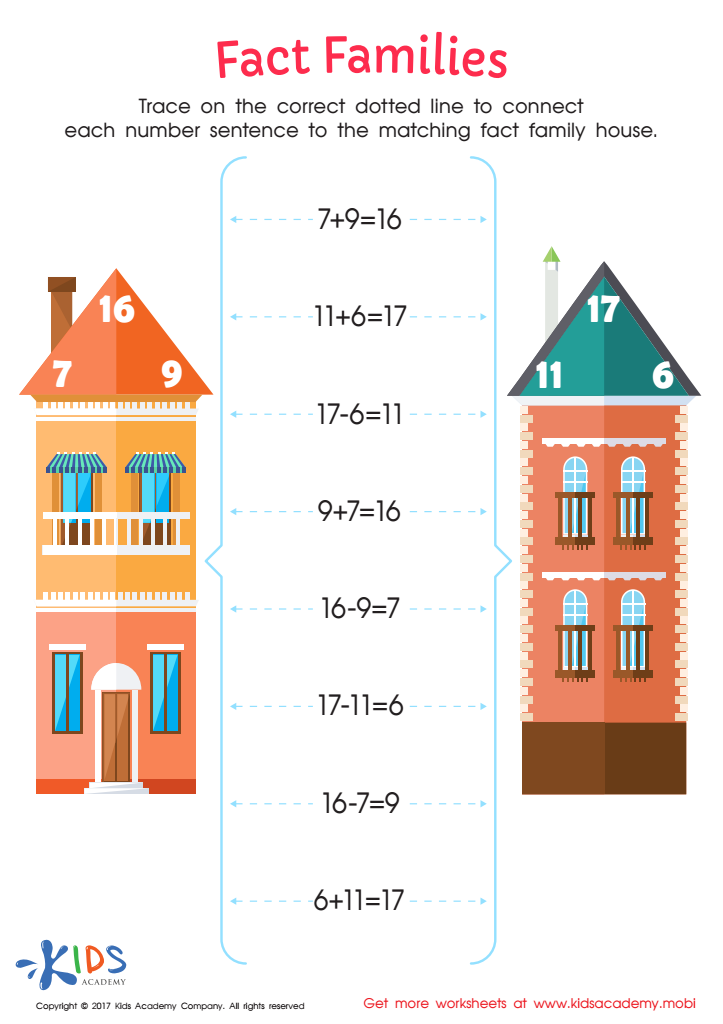

Fact Families — Add and Subtract Worksheet


Air Balloon Math Worksheet
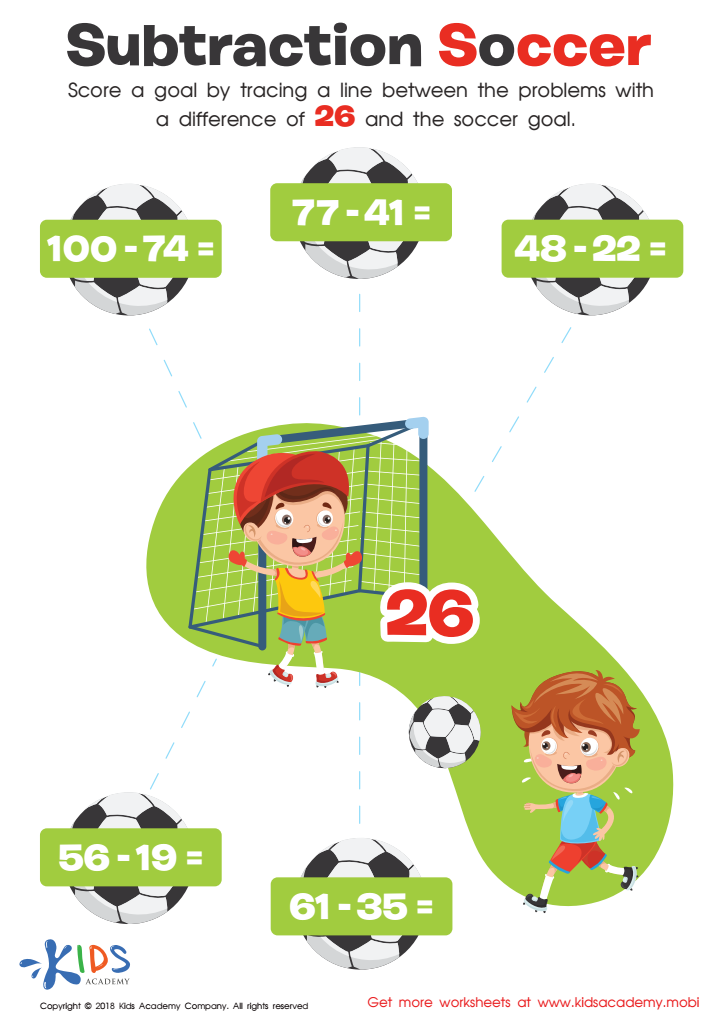

Subtraction Soccer Worksheet
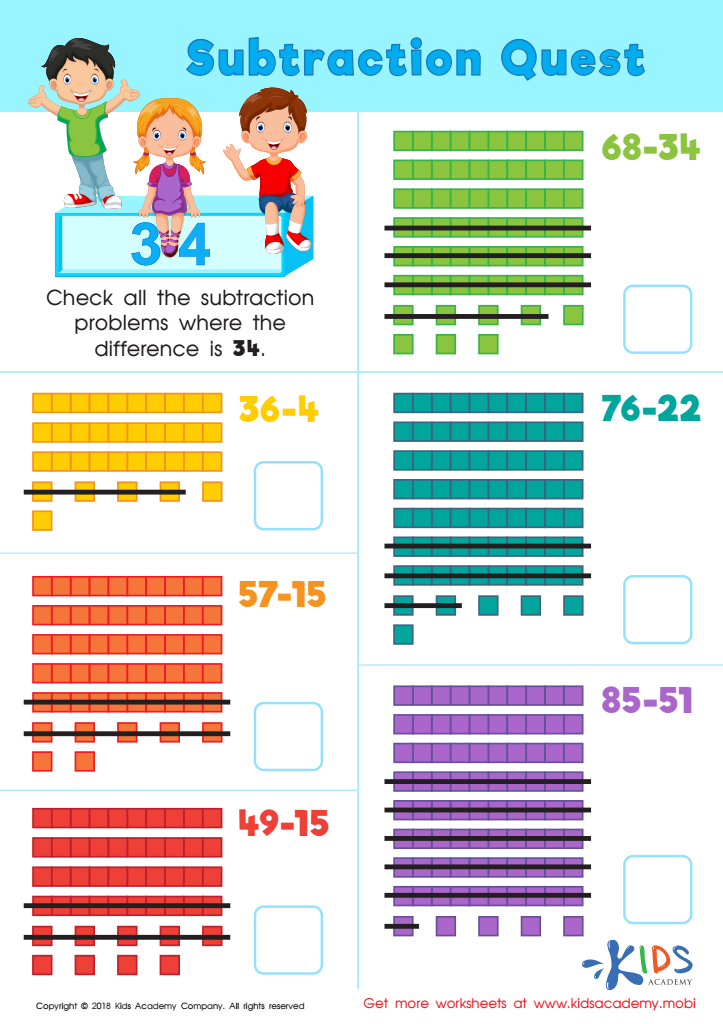

Subtraction Quest Worksheet
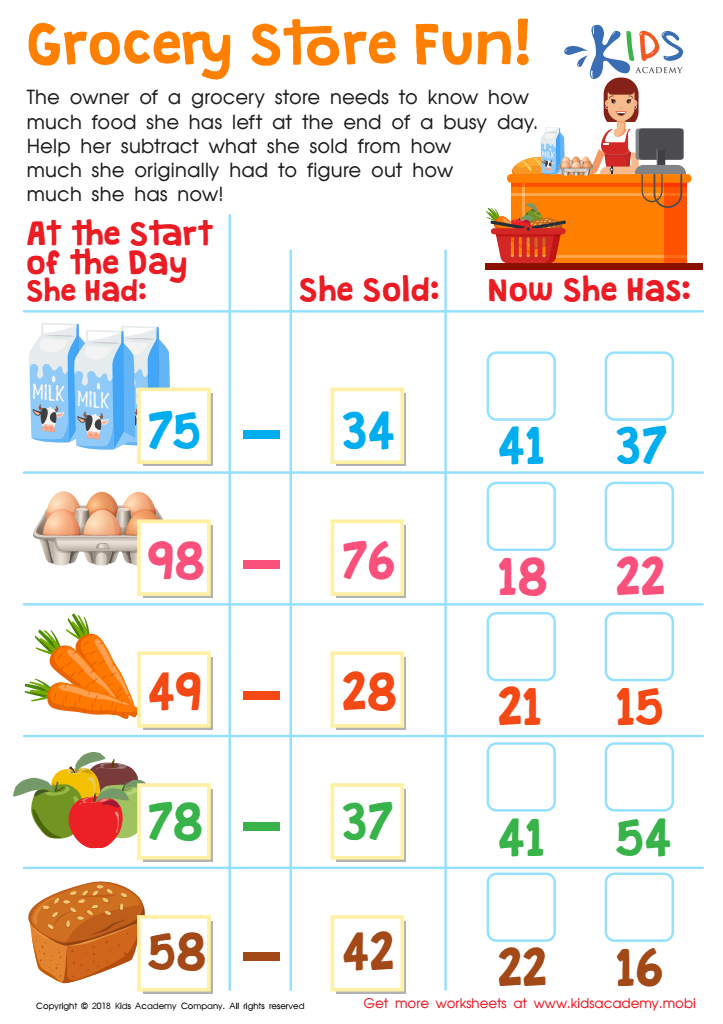

Grocery Store Fun! Worksheet
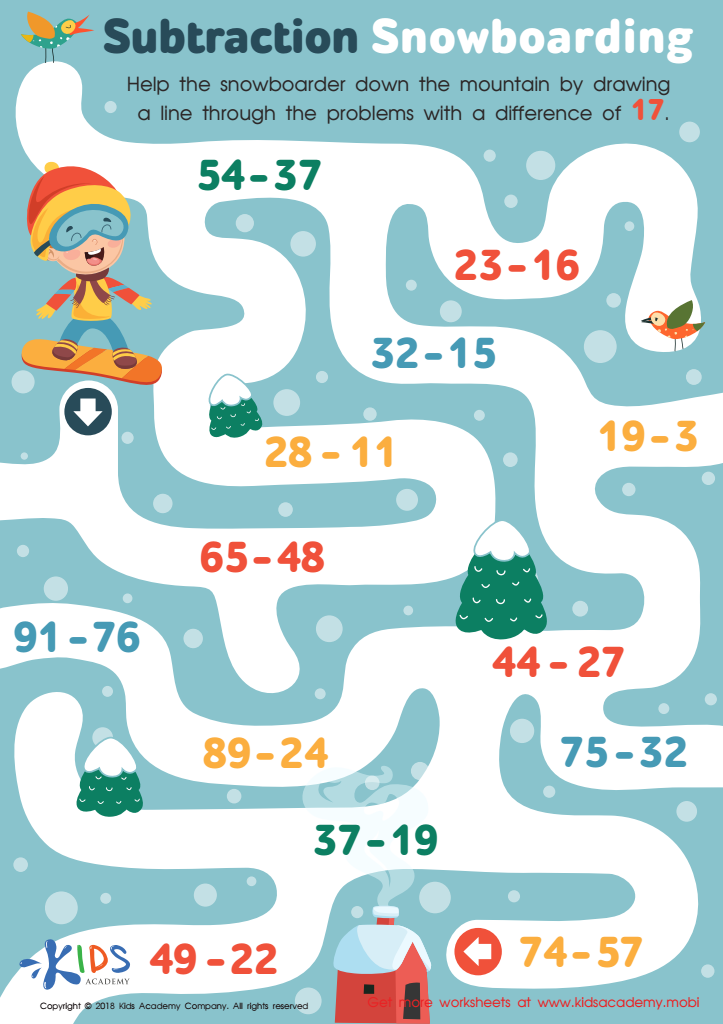

Subtraction Snowboarding Worksheet
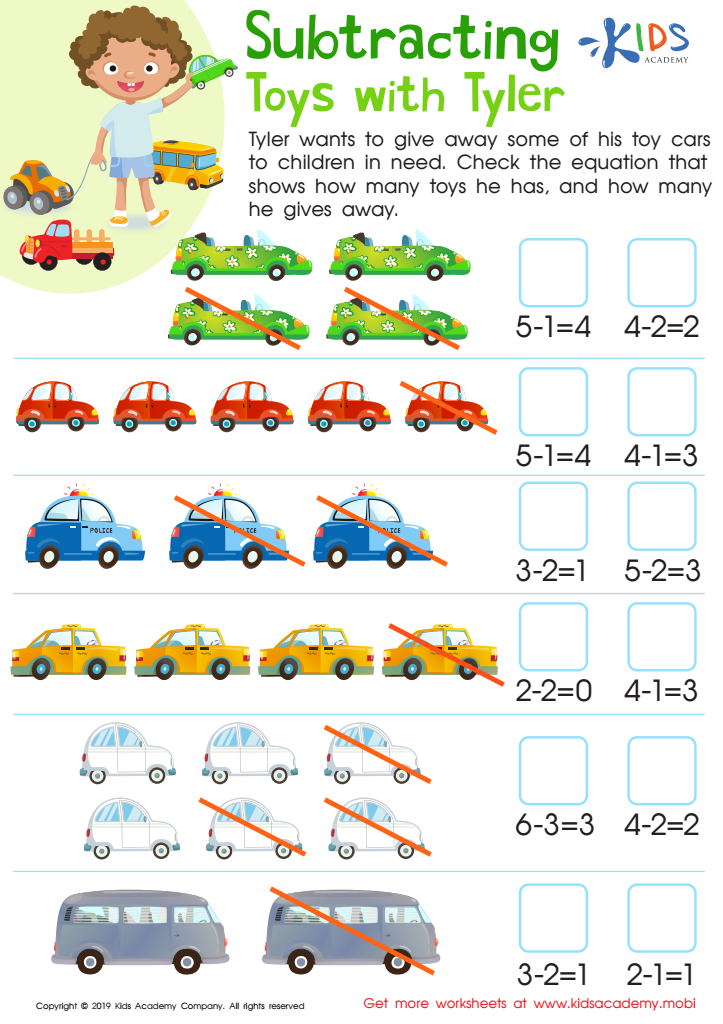

Subtracting Toys with Tyler Worksheet


Solving Subtraction Equations Worksheet
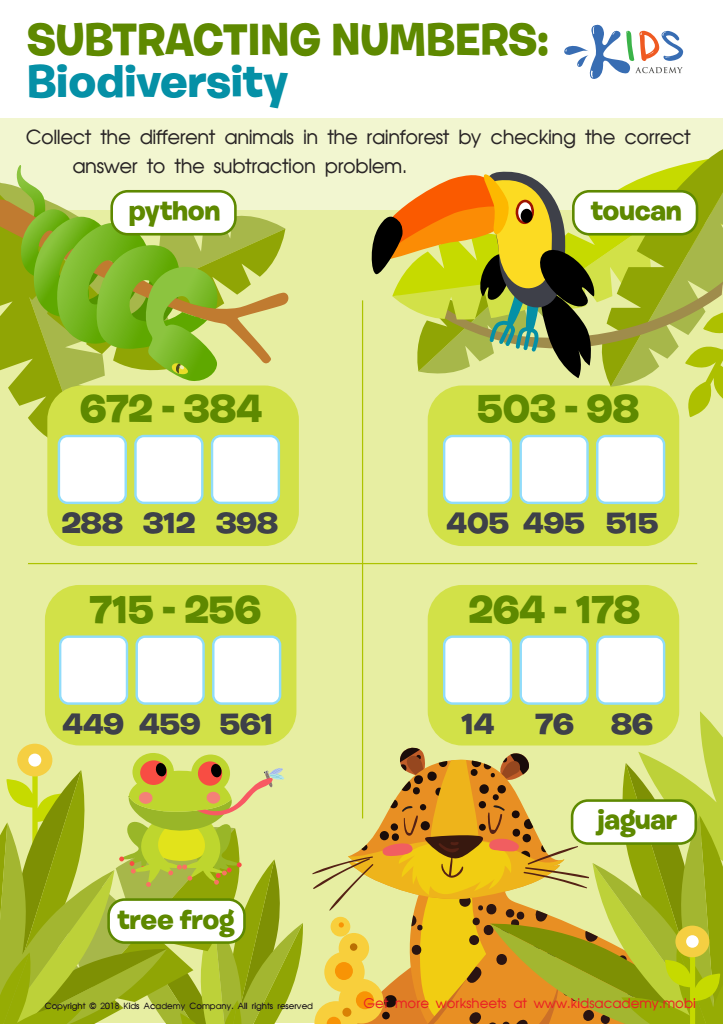

Subtracting Numbers: Biodiversity Worksheet
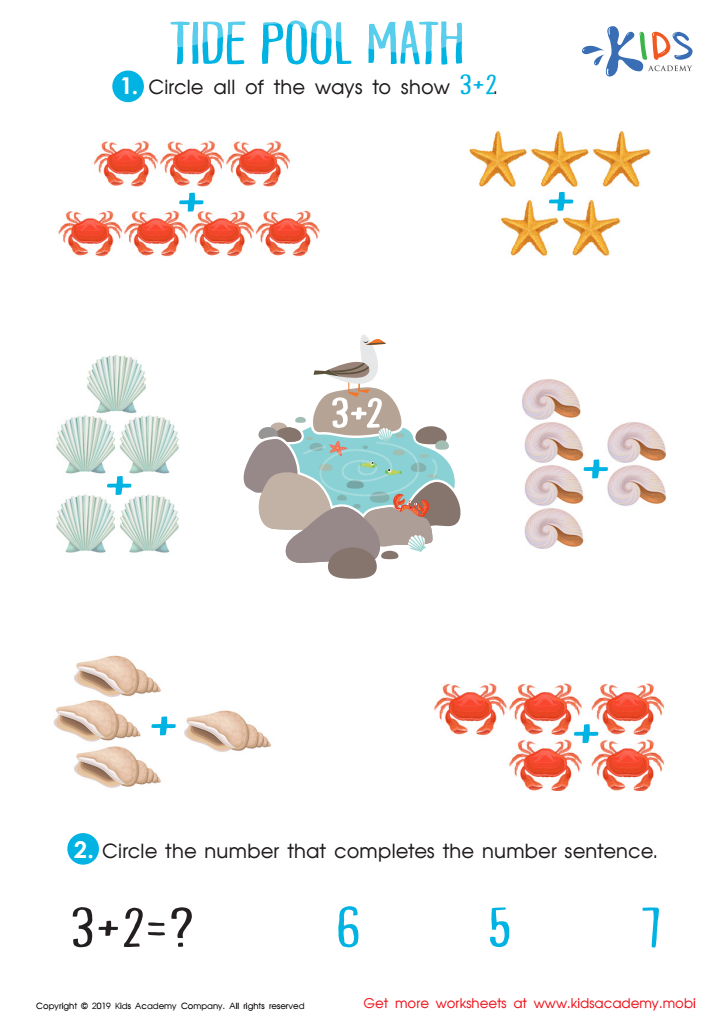

Tide Pool Math Worksheet
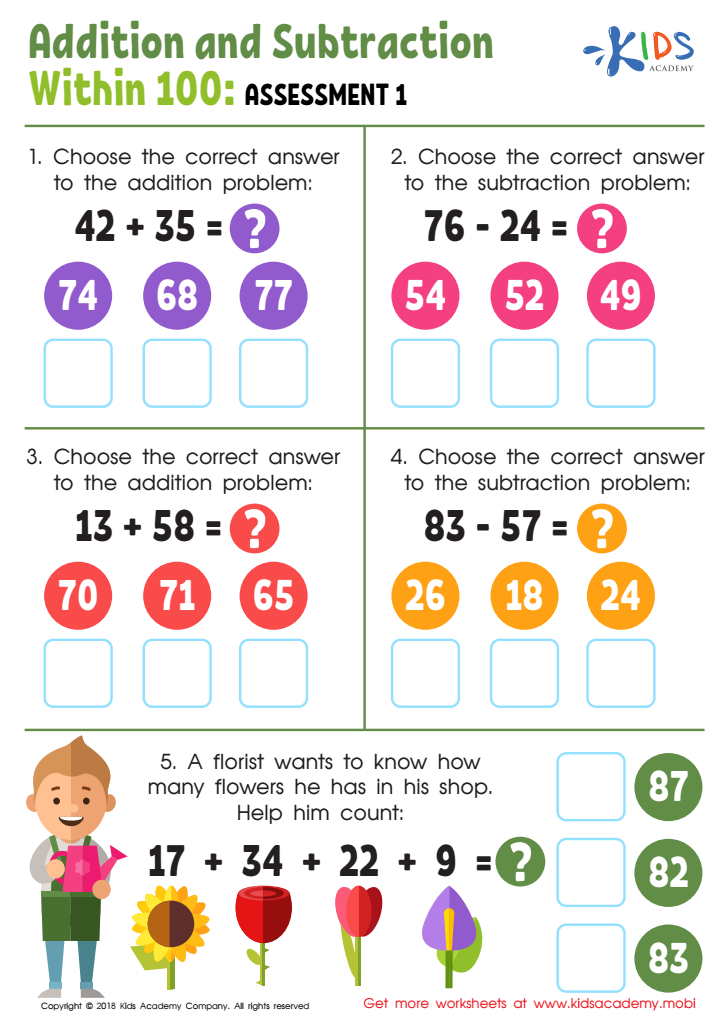

Addition and Subtraction Within 100 Worksheet
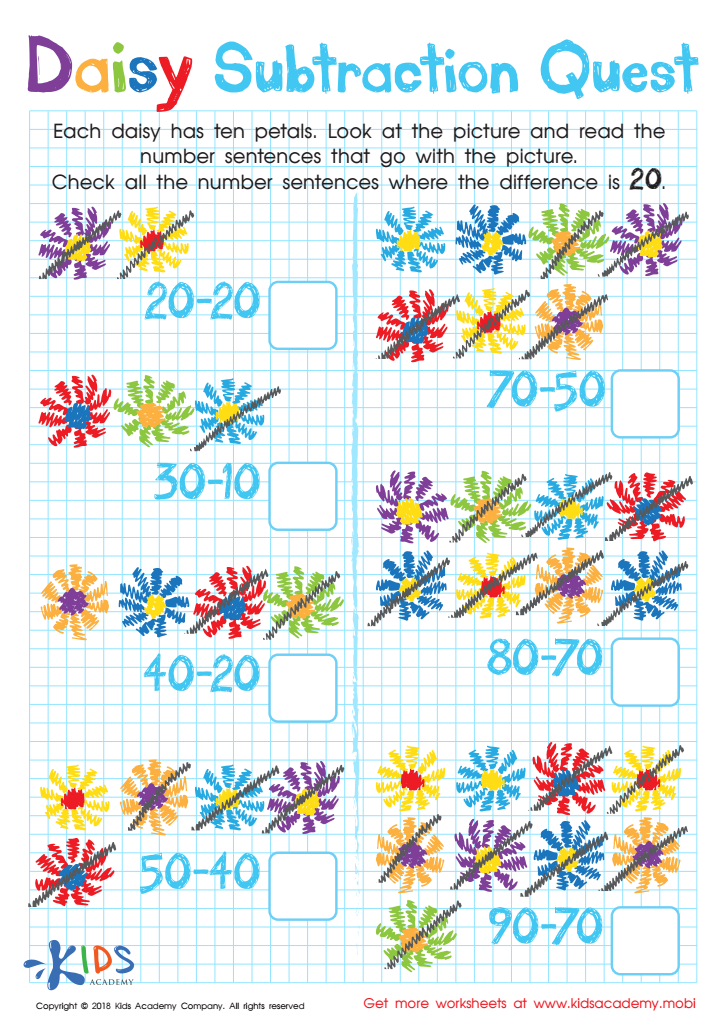

Daisy Subtraction Quest Worksheet
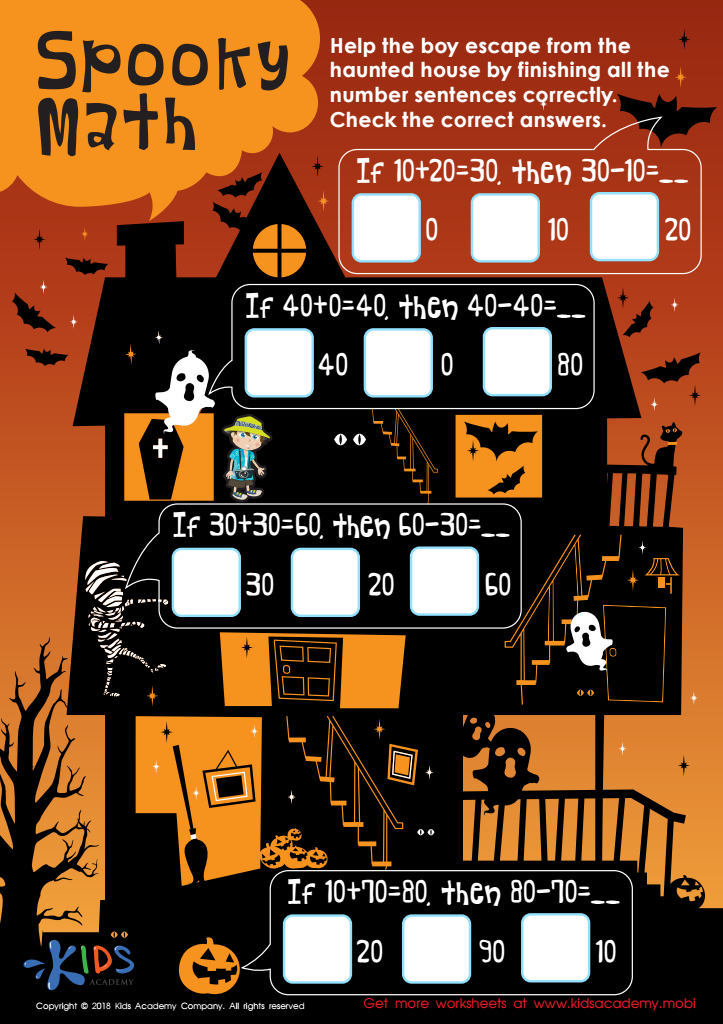

Subtract Tens: Spooky Math Worksheet
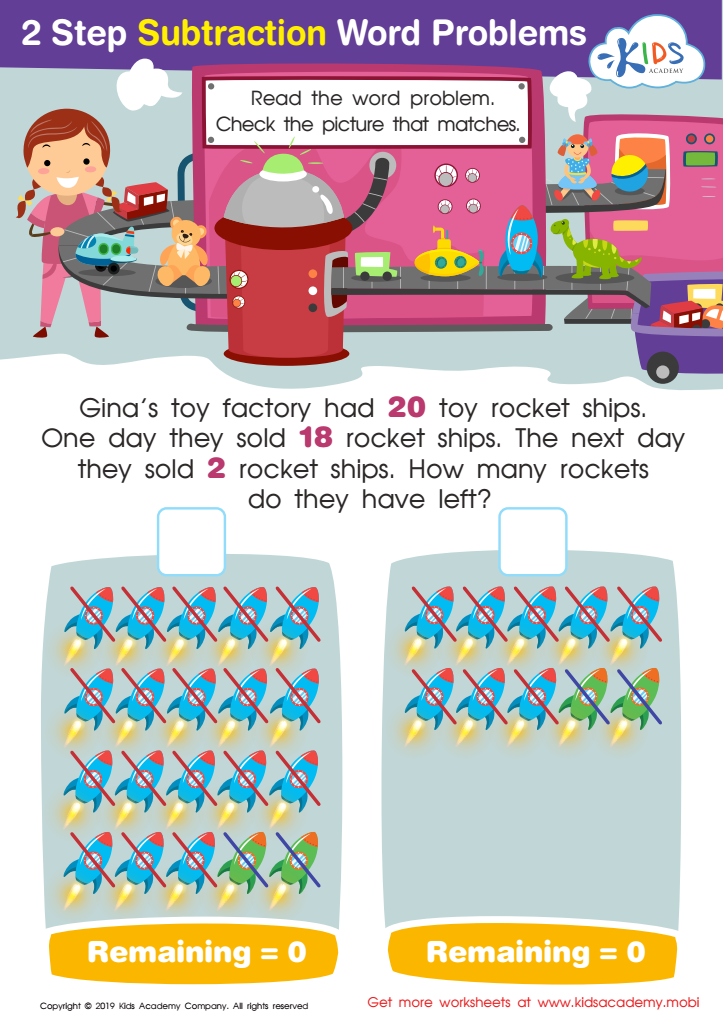

Step Subtraction Word Problems Worksheet
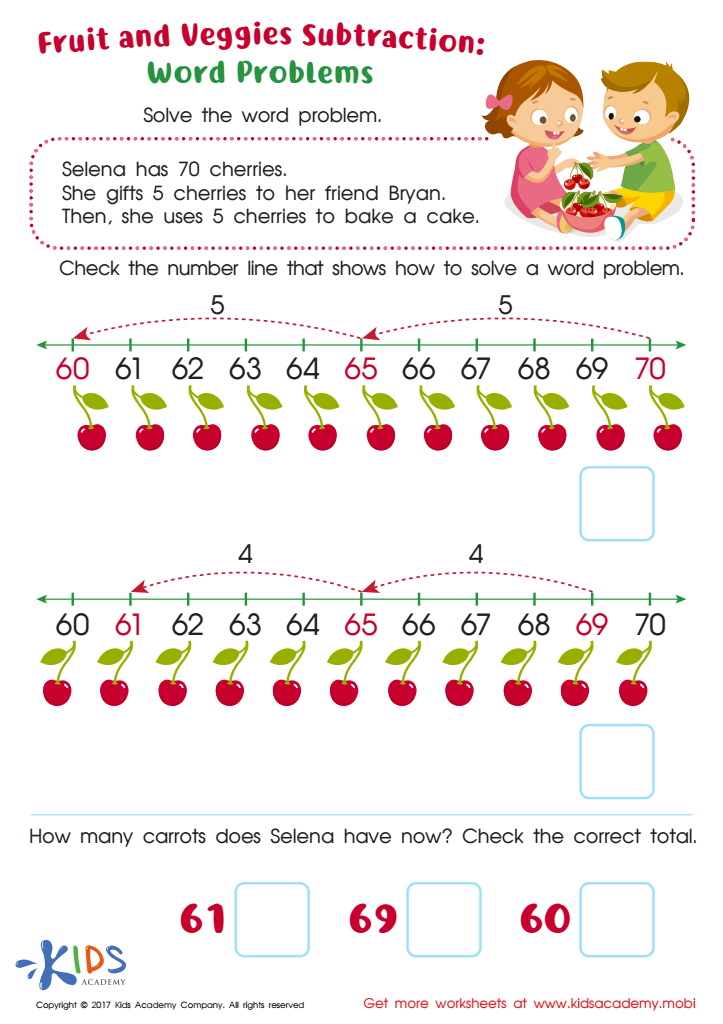

Subtraction Word Problems Free Printable
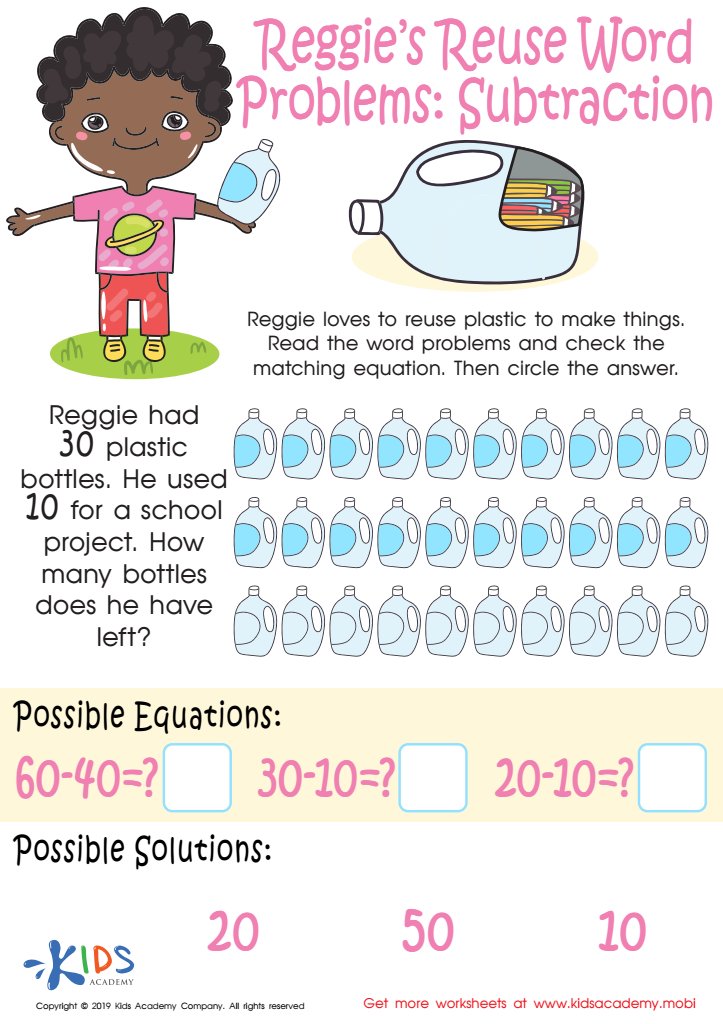

Reggie's Reuse Word Problems: Subtraction Worksheet
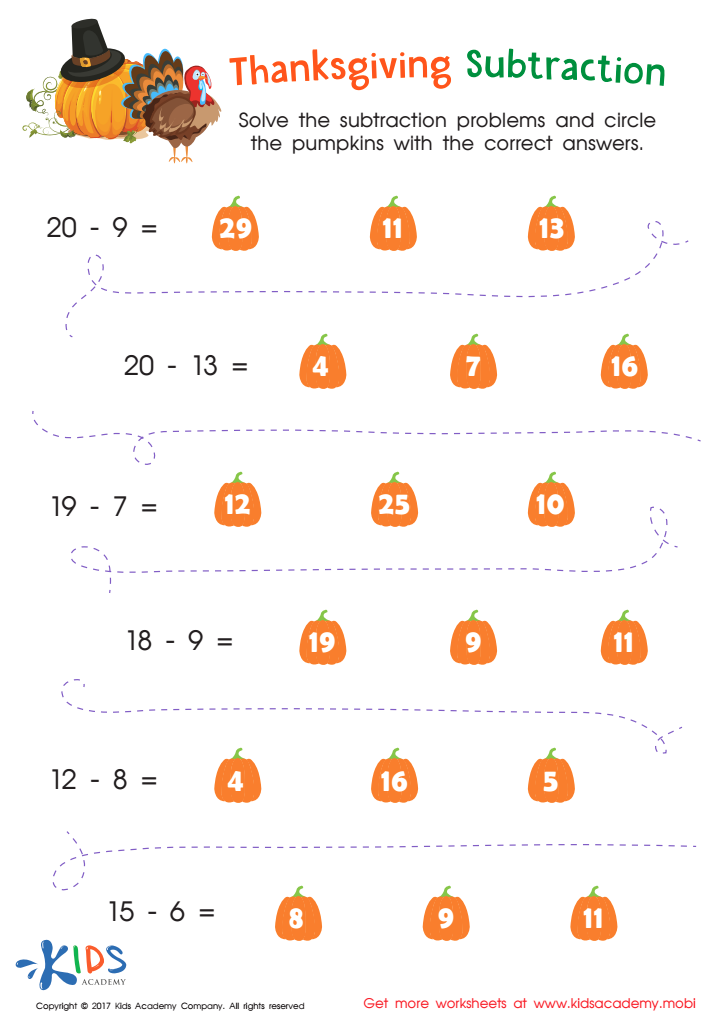

Thanksgiving Subtraction Substraction Worksheet
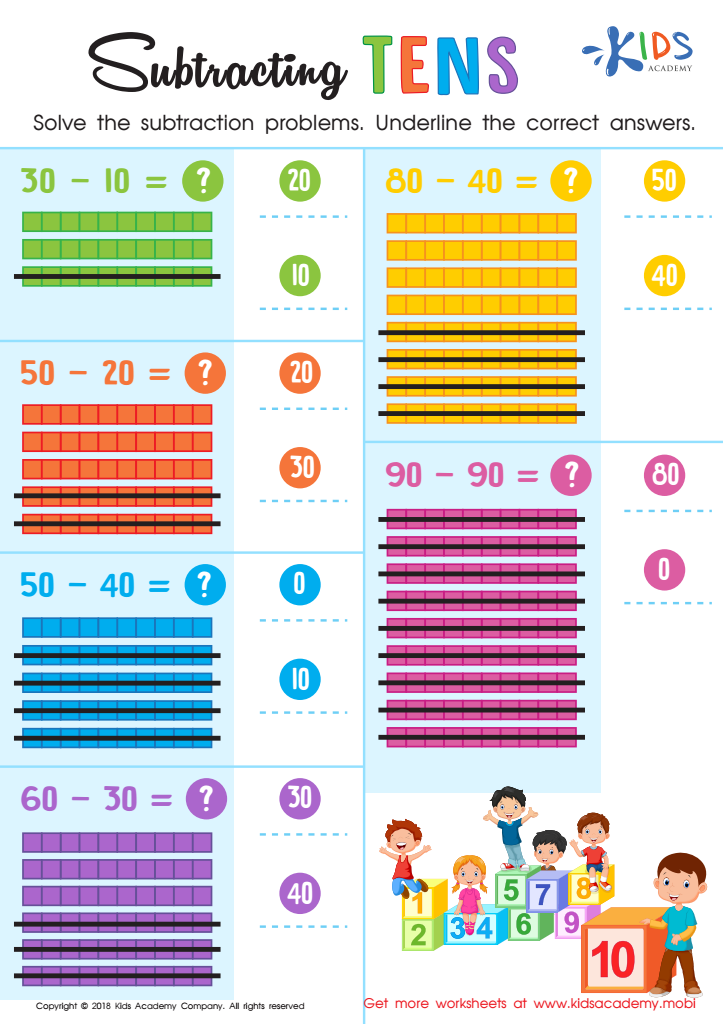

Subtracting Tens Worksheet
Subtraction practice, alongside normal addition, is crucial for children aged 5-8 as it forms the foundation for their numerical understanding and overall mathematical skills. At this developmental stage, children are still grasping basic concepts of quantity and number relationships. Regular practice helps reinforce their ability to distinguish between more and less, instilling a solid understanding of how numbers interact.
Caring about subtraction practice goes beyond merely solving math problems; it fosters critical thinking and problem-solving skills. When children learn to subtract, they begin to comprehend concepts like comparing quantities, making calculations, and solving real-world problems, which are vital for their cognitive development.
Moreover, consistent practice helps build confidence. As children feel more competent in their skills, they are more likely to engage in classroom discussions and display a positive attitude toward learning. Teachers and parents can witness improvements in academic performance, which encourages further exploration of mathematical concepts.
Involving subtraction practice in daily activities or games also promotes engagement, making learning both fun and effective. Ultimately, focusing on these essential skills ensures that children are well-prepared for future math challenges, laying a strong groundwork for advanced mathematical concepts.
 Assign to My Students
Assign to My Students





